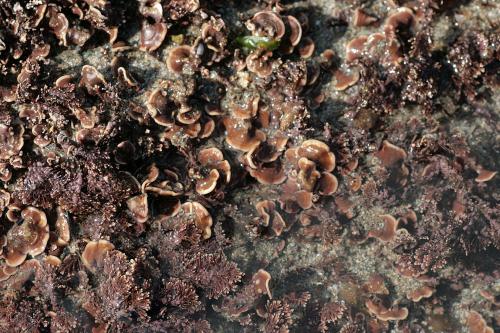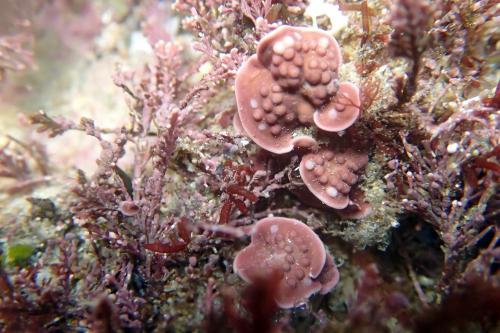The species historically cited as the most abundant of coral algae that forms rodoliths at the Gulf of California in Mexico is in reality a compound of five different species. This finding was made by Jazmín Hernández Kantun, marine biologist at the Autonomous University of South Baja California (UABCS), resulting in a change of paradigm in the study of the species known as Lithophyllum margaritae.
In fact, this Mexican research has reached Europe, where Hernández Kantun continues the project and her studies at Ireland's National University with the support of the Mexican National Council of Science and Technology (Conacyt).
According to the Mexican researcher, the objective now is to determine the number of species of coral algae in Europe and Mexico trough molecular tests.
"Coral algae in Mexico and throughout the world are usually identified only by their shape and color. However, it is necessary to investigate the species in depth, given that more biodiversity exists in this organism than previously thought," said the researcher.
Regarding the importance of her discoveries, Kantun said that since 1992, the Habitats Directive of the European Union protects two rodoliths-forming species: Lithothamnion corallioides and Phymatolithon calcareum— considered the most abundant and important, they are regarded as a marine ecosystem and used as rich mineral fertilizers.
The specialist found that at least other two species: L. glaciale and L. tophiforme, should be considered in the protected group having the same characteristics.

The environmental value of coral algae lies in the fact that when detached during tides and accumulated in specific areas, they form mantles of rodoliths which are rich in calcium and used by corals, clams, larvae and mollusks as "foundation" to start their development.
However, global warming is changing the natural chemistry of ocean ecosystems, increasing the absorption of carbon dioxide and modifying its acidification levels (pH).
Hernández Kantun warned that the acidification could remove the mantles of rodoliths from the ecosystem, directly affecting the mollusks, corals and any other organism found in them.

The marine biologist insisted that the coral's biological diversity must be considered. She says that the negative effects of climate change and repercussions that come with them are different for each species.
"A lot of research is missing in this field, we haven't quite understood the diversity of this algae— it is like saying that all dogs are alike when each breed has different genetics and response to environmental factors. It is different to protect one species than to protect five different species," she said.
